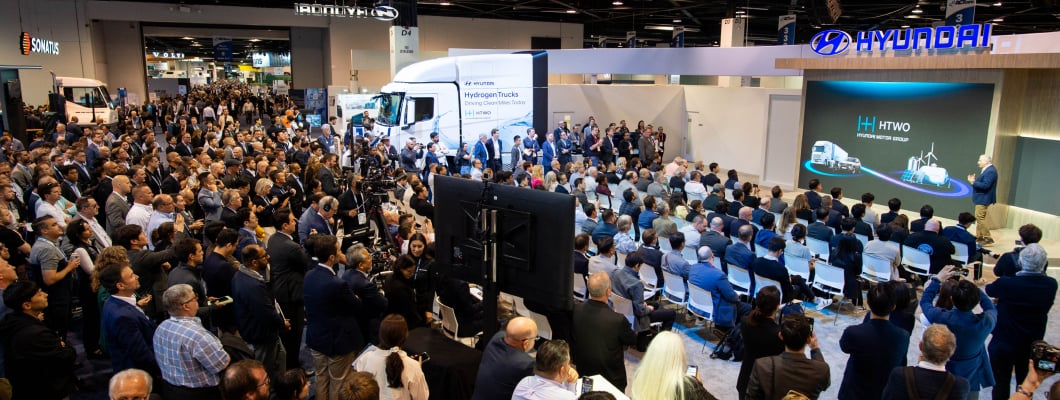Tesla’s long-anticipated electric Semi is headed for full-scale production in 2026 — and the company is backing its vision with big investments, strong customer momentum, and a clear path to zero-emission freight, according to Dan Priestley, senior manager of the Tesla Semi program.
While other OEMs appear to be slowing or adjusting their zero-emission timelines, Priestley made Tesla’s position clear.
“We’re moving forward. Our customers understand the long-term value of electrification. The first principles haven’t changed — electric trucks offer the lowest total cost of ownership in freight.”
Tesla’s upcoming 1.7-million-square-foot Semi factory in Nevada is already well underway, with exterior construction nearly complete and internal systems and tooling installations ongoing. Once ramped, it will support production of up to 50,000 Semi units per year, with customer deliveries beginning after initial Tesla fleet deployment in 2026.
“We’re not just building a truck — we’re building an ecosystem,” Priestley said, emphasizing that early Semi units will enter Tesla’s own logistics operations. “We believe in the product, and we’re using it ourselves.”
Tesla’s pilot Semi fleet has logged nearly 8 million real-world miles, with more than two dozen trucks crossing the 100,000-mile mark. Operating across multiple duty cycles — from regional LTL to foodservice and drayage — these trucks are helping Tesla continuously improve both performance and durability.
The production Semi will offer both 300- and 500-mile variants, and thanks to drivetrain and battery efficiency gains, Tesla has managed to reduce battery energy content while preserving range. A next-generation battery pack will power the production Semi, featuring Tesla’s most advanced cell technology. Priestley revealed the new pack has 7% better energy efficiency, enabling the same range with less total battery mass.
“This feeds a positive loop,” he said. “Less battery means lower weight, lower cost, and ultimately a better product for our customers.”
Tesla also introduced its electric power take-off (ePTO) solution, enabling Semis to supply power to reefer trailers and other auxiliary equipment—replacing the need for standalone diesel units. The ePTO supports both AC and DC voltages and is capable of handling over 25 kW loads, enabling full electrification of refrigeration units and similar equipment.
“Reefers are a great example,” Priestley said. “This allows us to move away from diesel, not just for propulsion, but across the entire trailer.”
Tesla is also rolling out a 1.2 megawatt charging system, leveraging the company’s V4 Supercharger architecture to serve both passenger and commercial vehicles. Compared to earlier prototypes, this new system has a 50% smaller footprint, fewer components, and is modular, with configurations supporting both single trucks and multi-stall power sharing for fleet depots.
Tesla is building a dedicated public charging network for the Semi, with 46 sites already underway across major freight corridors and industrial zones. These stations will begin opening later this year and expand significantly in 2026.
Priestley emphasized that Tesla will also support overnight charging options for fleets with depot-centric duty cycles, as well as private infrastructure partnerships for large customers.
“Every Tesla Semi will have a charging solution — fast, overnight, private, or public,” he said. “We’re making sure that reliable, low-cost energy is part of the package.”
Beyond batteries and chargers, Tesla is refining the Semi’s cabin and operational features based on driver and customer feedback. Updates include improved visibility, handling, ergonomics, and operational tools like enhanced diagnostics and software updates.
Priestley hinted at a range of improvements still under wraps but made clear that driver comfort and operational efficiency are top priorities.
“We listen, and we iterate. We’re committed to continuous improvement,” he added.
Priestley closed his remarks with a call for industry collaboration.
“We have the technology. We have the product. We’re making the investment. Now we need partners — fleets, infrastructure providers, and innovators — to join us,” he concluded.
This article was originally published on ACT News and can be read here.


